
State of Emergency and Lockdown of the Capital (The Tale of the Imperial Capital, by Eiichi Shibusawa)
Today, April 7, 2020, a state of emergency was declared under the Special Measures Act in response to the spread of the new coronavirus infection.
The program will apply to seven prefectures - Tokyo, Kanagawa, Saitama, Chiba, Osaka, Hyogo, and Fukuoka - and will run for one month until May 6th.
Unlike a lockdown (city blockade or closure), this is not mandatory and is merely a request to refrain from going out. However, food and daily necessities can be purchased at supermarkets and drugstores, and there are no restrictions on rail transport, etc.
Although economic measures are being introduced at the same time as a lockdown, various events will have to be cancelled and people will have to refrain from going out, so it will effectively be similar to a citywide lockdown.
Tokyo and Onmyoji
Among the cities affected, the capital, Tokyo, will be the most affected.
It is said that a barrier has been set up over Tokyo by onmyoji.
By the way, since this state of emergency was declared by Prime Minister Abe, it is also called Abe's statement (Abeno Seimei).
When the Edo Shogunate was established, the city of Edo was inhabited by Tendai Buddhist monks.Nankoubou TenkaiIt is said that the design was based on the theory of Yin-Yang and the Five Elements.
There is an urban legend that during the Meiji Restoration and even afterwards, a pentagram was formed with the Yamanote Line and the shrine as its starting point, protecting Tokyo's borders.
By the way, Amami's true identity isMitsuhide AkechiThere has long been an urban legend about this, which shows that the intentions of many different people were involved in the way the cities of Edo and Tokyo shaped into their present-day forms.
A story of the imperial capital set in Tokyo
Also, as for the novel, Hiroshi Aramata's "Tale of the Imperial City" depicts the battle between the demon Kato Yasunori, who is plotting the downfall of the imperial capital, and the people who oppose him.

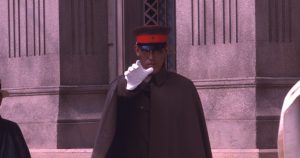
One of the interesting things about "Teito Monogatari" is that it features real historical figures.
Taira MasakadoHe is depicted as a ghost guarding the imperial capital of Tokyo.
Sugawara no Michizane,SutokuinTogetherJapan's Three Great Vengeful SpiritsTaira no Masakado, who is counted among the greatest warriors of Japan, is currently enshrined at Kanda Shrine, and his grave remains to this day in a corner of the business district of Otemachi, Chiyoda Ward.
Eiichi Shibusawa and the Yokai
Eiichi Shibusawaappears as an important figure who held a secret meeting to make the imperial capital Tokyo a physically and spiritually protected city. (In the movie version, he was played by Shintaro Katsu.)

Speaking of Eiichi Shibusawa, it is his grandsonKeizo ShibusawaWhile serving as Governor of the Bank of Japan and Minister of Finance,Kunio YanagitaHe became interested in folklore after meeting Tsuneichi Miyamoto and Yoshihiko Amino, and is also known for having had a major influence on famous folklorists such as Tsuneichi Miyamoto and Yoshihiko Amino.
Keizo Shibusawa,Kunio Yanagita,Nobuo Orikuchi,Kumagusu MinakataHe is often introduced alongside others and is said to be one of Japan's leading folklorists.
In addition, the Eiichi Shibusawa Memorial will be published from 2024.The face of the new 10,000 yen billIt has been announced that it will be.

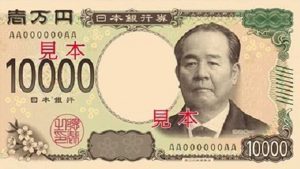
Since ancient times, in times of disaster such as epidemics, people have changed the era name, moved the capital, erected a Great Buddha, and issued new currency. However, looking at the recent COVID-19 pandemic, it feels like a last resort, and we should speed up the issuance of new banknotes.
In a previous article, I touched on the relationship between Reiwa and yokai. What's more, the fact that Shibusawa Eiichi, who has a deep connection with yokai, will be the face of the 10,000 yen note, the highest denomination of the new banknotes, may mean that the age of yokai is approaching.
The state of emergency declaration may, in turn, be a declaration marking the beginning of the age of monsters.
Text by Keishiro Watanabe
■ Keichan Watanabe
Born in Asahikawa, Hokkaido. Graduated from the School of Human Sciences at Waseda University. An independent researcher of yokai. Certified Information Systems Auditor (CISA).
He currently works as a management and IT consultant, residing in Sapporo, Hokkaido, and traveling throughout the prefecture and Tokyo. However, he studied folklore and cultural anthropology at university, and continues to research yokai as his life's work.
I am currently writing articles about monsters associated with Hokkaido, where I currently live, as well as current news about business and economics.
Twitter:https://twitter.com/keishiro_w

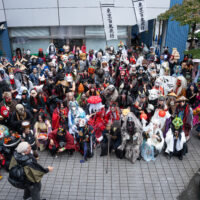
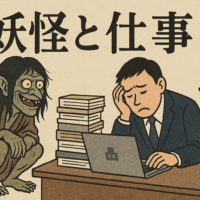
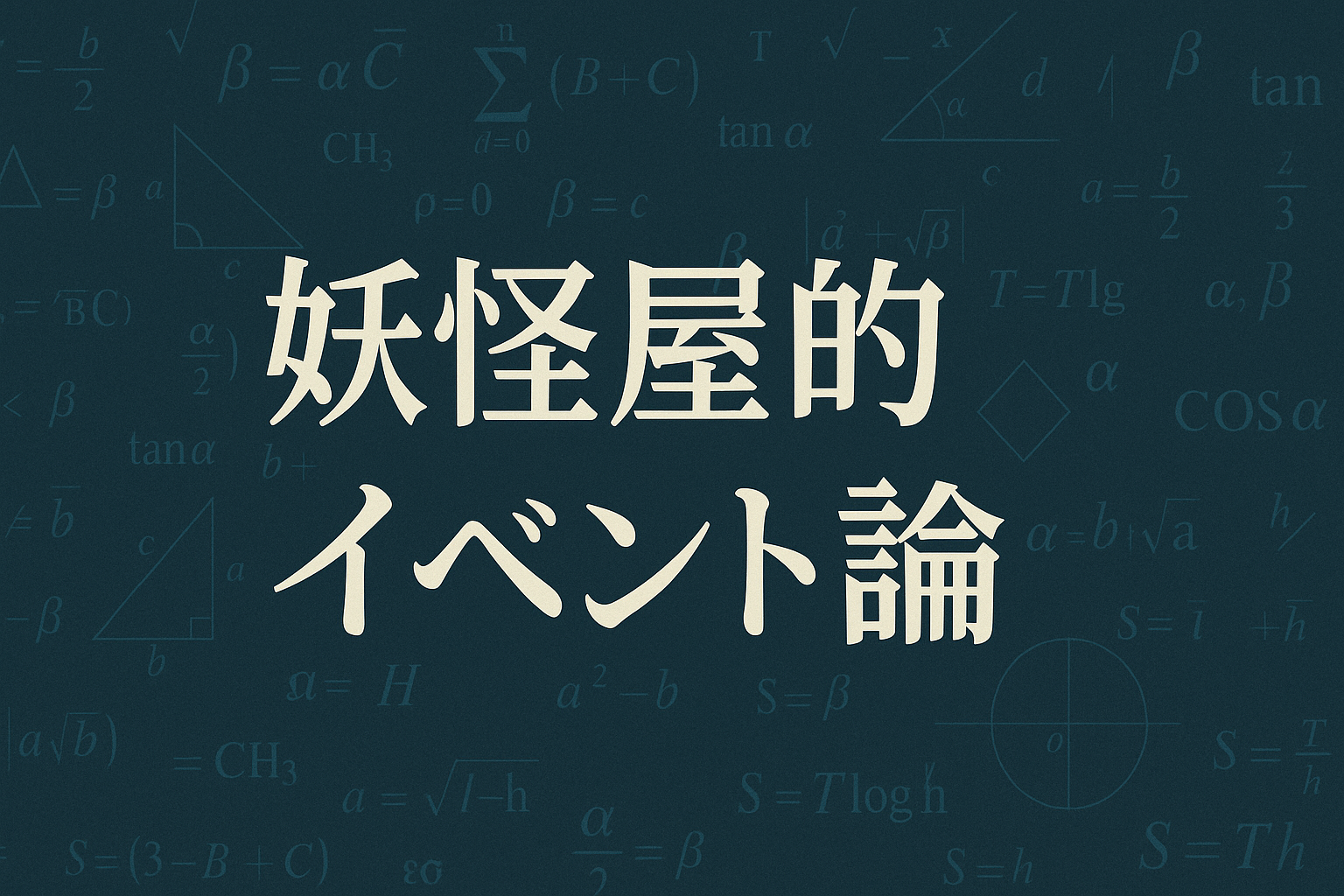



No comments yet.